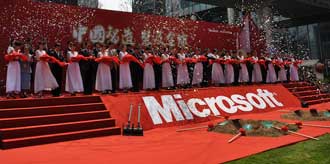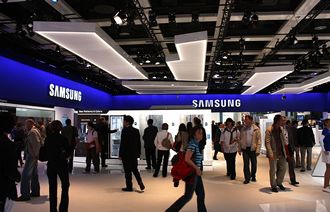 For a while we had been wondering what Microsoft was doing with its Nokia purchase. For the last week, Vole has been doing its best to slim down the former maker of rubber boots, but there did not seem to be much logic to it.
For a while we had been wondering what Microsoft was doing with its Nokia purchase. For the last week, Vole has been doing its best to slim down the former maker of rubber boots, but there did not seem to be much logic to it.
When the shy and retiring Microsoft CEO Steve “there is a kind of hush” Ballmer wrote a $7 billion cheque for the company we all wondered how an elephant like Vole was going turn around a giant Lemming like Nokia.
Nokia cost Microsoft eight cents from its earnings per share last quarter, but the costs are starting be contained.
CEO Satya Nadella, who replaced Steve Ballmer in February expects Nokia to break even by 2016.
The plan appears to be to focus on high and low cost Windows smartphones, suggesting a phasing out of feature phones and Android smartphones.
Two business units, smart devices and mobile phones, would become one, thereby cutting overlap and overhead. Microsoft would reduce engineering in Beijing and San Diego and unwind engineering in Oulu, Finland.
It would exit manufacturing in Komarom, Hungary; shift to lower cost areas like Manaus, Brazil and Reynosa, Mexico; and reduce manufacturing in Beijing and Dongguan, China.
Expected to die will be the Nokia X Android phones, Asha and Series 40 phones.
Nadella said that devices, he said, “go beyond” hardware and are about productivity. “I can take my Office Lens App, use the camera on the phone, take a picture of anything, and have it automatically OCR recognised and into OneNote in searchable fashion. There is a lot we can do with phones by broadly thinking about productivity.”
It would seem that Redmond wants the sale of a smartphone to mean other sales.
This all makes sense when you factor in Microsoft’s goal to have the next generation of Windows, Windows 9 as a single operating system.
This would mean then that while Nokia might lose the smartphone market it will have a new role driving network access to corporate cloud systems.













